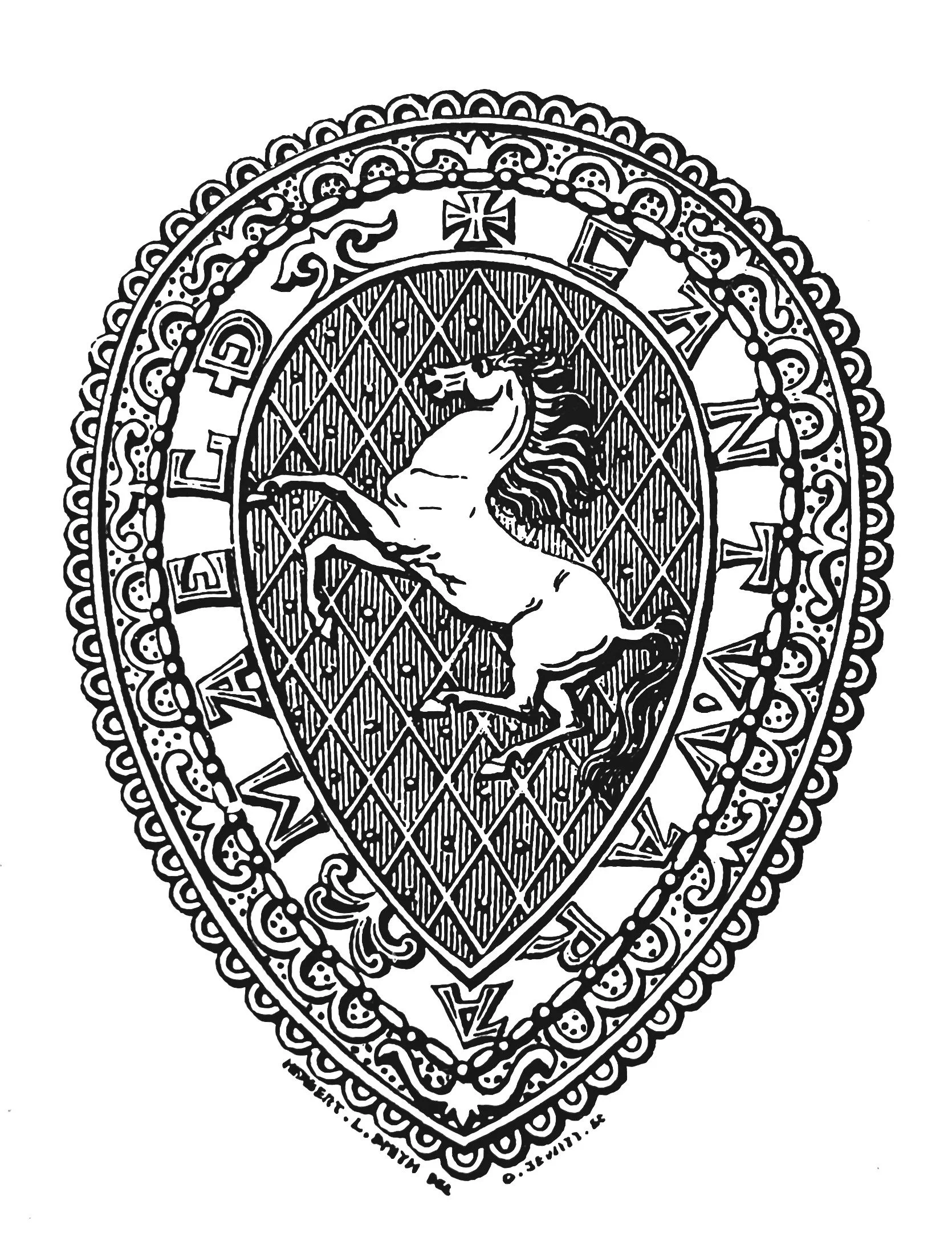
KAS Newsletter, Issue 8, Winter 1985
Archaeological finds, projects, and educational events in Kent, including excavations, pottery studies, and more.
Contributions to the next issue are welcome. See the guidance for contributors and contact Editor Craig Campbell.
Search page
Search within this page here, search the collection page or search the website.
Previous
Previous
Second Romano-British Pottery Workshop
Next
Next









